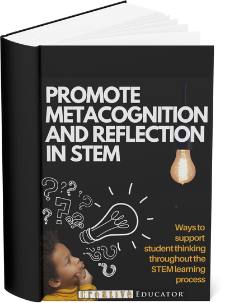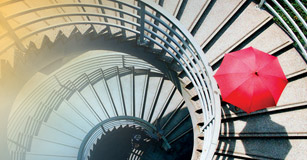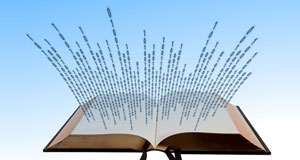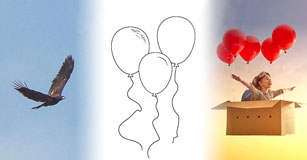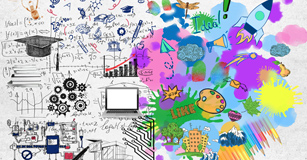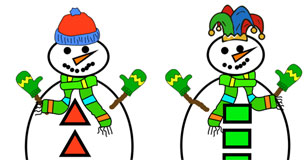22 Creative Ideas for Earth Science
Earth science projects build content knowledge and promote inquiry skills
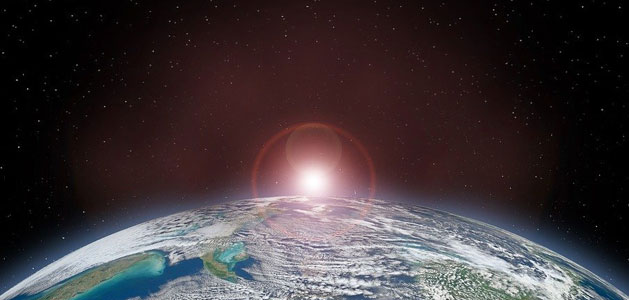
Gone are the days students just need to know about science concepts. The Next Generation Science Standards (NGSS), developed by twenty-six states and academic partners, are designed to develop students who are ready to be scientists.
Use these ideas, organized by the NGSS Scientific and Engineering Practices, to engage students in a STEAM approach, develop Earth Science content knowledge, and build the skills necessary to successfully engage in scientific inquiry.
Obtaining, evaluating, and communicating information
Students need to be able to communicate their ideas, research, experiments, analysis, designs, and conclusions clearly and through a range of mediums, including oral and written explanations, visual models, and mathematical data.
1. Cave Formation
Choose a limestone cave, such as Mammoth Cave in Kentucky or Carlsbad Caverns in New Mexico. Design a brochure or interactive kiosk that can be used by park visitors to learn more about how the cave formed, what features they will see, and how these features developed.
2. The Rock Cycle
Tell a cycle story, such as the rock cycle from the perspective of an igneous, metamorphic, or sedimentary rock. You might also show a drop of water in the water cycle or nitrogen through its cycle.
Explore a Cycle Stories lesson plan
3. Journey to the Center of the Earth
Write a narrative for a trip to the center of the Earth, describing each layer travelled through and how the temperature and pressure are changing. Be sure to include diagrams and even animation.
4. Ocean Expedition
Tell the story of a visit to a mid-ocean ridge in an underwater ocean vessel like the Alvin, including the features of the ocean floor near and along the ridge.
5. It's Going to Erupt!
Create a news report about an upcoming volcanic eruption. Be sure to include an interview with a geologist explaining why they think the volcano is about to erupt and the hazards that will follow.
6. Sun and Spheres
Create a digital textbook on how the sun's energy affects each part of the Earth's spheres: lithosphere, hydrosphere, atmosphere, and biosphere.
7. Volcanic Docudrama
People have lived near volcanoes for thousands of years. Choose a major eruption and tell the story of the eruption. Be sure to include benefits of living near volcanoes, such as hot springs and rich topsoil.
8. Severe Weather Safety
Create an informative eBook or public service announcement about severe weather, that describes the unique weather patterns, dangerous conditions, and ways the public can prepare for it.
Developing and using models
Models are essential for microscopic and macroscopic scientific phenomena and help students clarify thinking and make accurate predictions.
9. Enormous Eruptions
Create a diagram or an interactive presentation that illustrates a cross-section of a volcano, labeling the magma chamber, pipe, vent, crater, and lava. You can also ask students to animate the process of an eruption within the diagram.
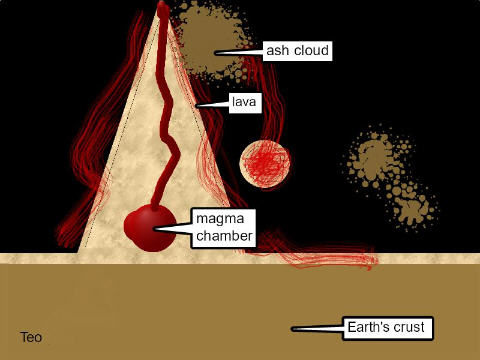
10. Pangaea
Until the 1960's, there was widespread skepticism about continental drift. Create an animation demonstrating how Pangaea formed and then broke apart. Show the process and include details to overcome skepticism.
11. It's Not My Fault
Create an animated presentation on the main types of faults: normal, reverse, and strike-slip faults. Describe each fault and create an animated simulation to show how they move.
12. Mass Movement
Create an animated simulation demonstrating the impact landslides, mudflows, slump, or creep have on the environment.
Constructing explanations (science) & designing solutions (engineering)
Students need to be able to craft models of scientific phenomena that make sense with current information and available evidence.
13. Get in "Front" of the Weather
Illustrate and animate the four types of fronts: cold, warm, stationary, and occluded. Be sure to include the direction it is moving and the kind of weather at each type.
14. Greenhouse Gases
Diagram and explain how greenhouse gases affect how the Earth's atmosphere traps heat energy from the sun.
15. I am the Fog
Craft an original narrative that personifies fog, addressing how it forms as well as the impact it has on coastal and valley communities of plants, animals, and people.
Engaging in argument from evidence
Students should be able to use research and data to make arguments, defend their ideas, and evaluate their own work, as well as the work of others.
16. Topsoil Comics
Design a comic that demonstrates the importance of soil to all living things.
Explore a Soil: Diary of a Worm Comic lesson plan
17. President of the Spheres
Who should be president of the Earth's spheres? The sun? Oxygen? Craft an argument that includes reasons why your chosen component is most crucial to the lithosphere, hydrosphere, atmosphere, and biosphere.
18. The Best Real Estate
Use knowledge about weather and climate to inform others where they might want to buy a home depending on the weather they like. Be sure to include climate zones, leeward and windward sides of mountain ranges, altitude, and ocean currents.
19. Hybrid Haven
Many states, and even cities, are looking at sponsoring and promoting the use of hybrid cars. Explore the advantages and disadvantages of these vehicles and craft an argument about the costs involved and whether this is money well spent.
Planning and carrying out investigations
Students need to be able to determine what needs to be researched or tested and the variables that will affect their findings.
20. Energy Conservation
Explore how your school uses energy. Choose one type of energy use and develop a plan that summarizes the data and proposes suggestions for reducing energy use in this area.
Asking questions (for science) and defining problems (for engineering)
Students need to be able to develop questions they can research and test to find the answer.
22. Flood Plains
Should the government insure everyone against flood damage? Should there be rules restricting where houses can be built? Research the controversy around flood plains and housing. Develop a plan to reduce damage that includes costs and who should pay for them.
22. Earthquake Assessment
Earthquakes cause damage to buildings and other structures. In an area with frequent earthquakes, list the top 3 structures that should be seismic safe. Use a cluster diagram to describe ways to modify them to make them able to withstand serious earthquakes.
In Conclusion
No matter your topic or project, avoid the project packet that tells students exactly what needs to be done and the order in which they should do it.
The more open the question, the more students are required to think. We can't expect students to be prepared to do science if we haven't given them the responsibility for:
- wondering and asking questions
- completing research and collecting data
- analyzing and interpreting data
- constructing knowledge and developing real solutions
Projects take time and energy. Keep them from being overwhelming by starting small and as you engage in deeper inquiry and more authentic tasks, transfer responsibility for learning and project success to your students.




